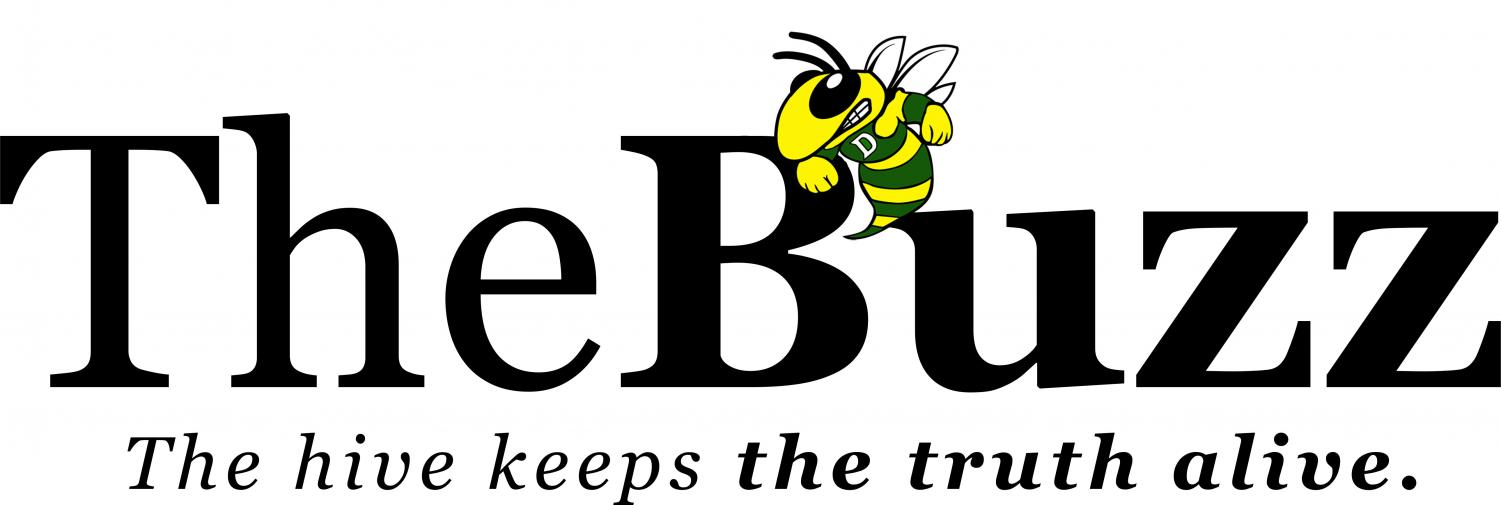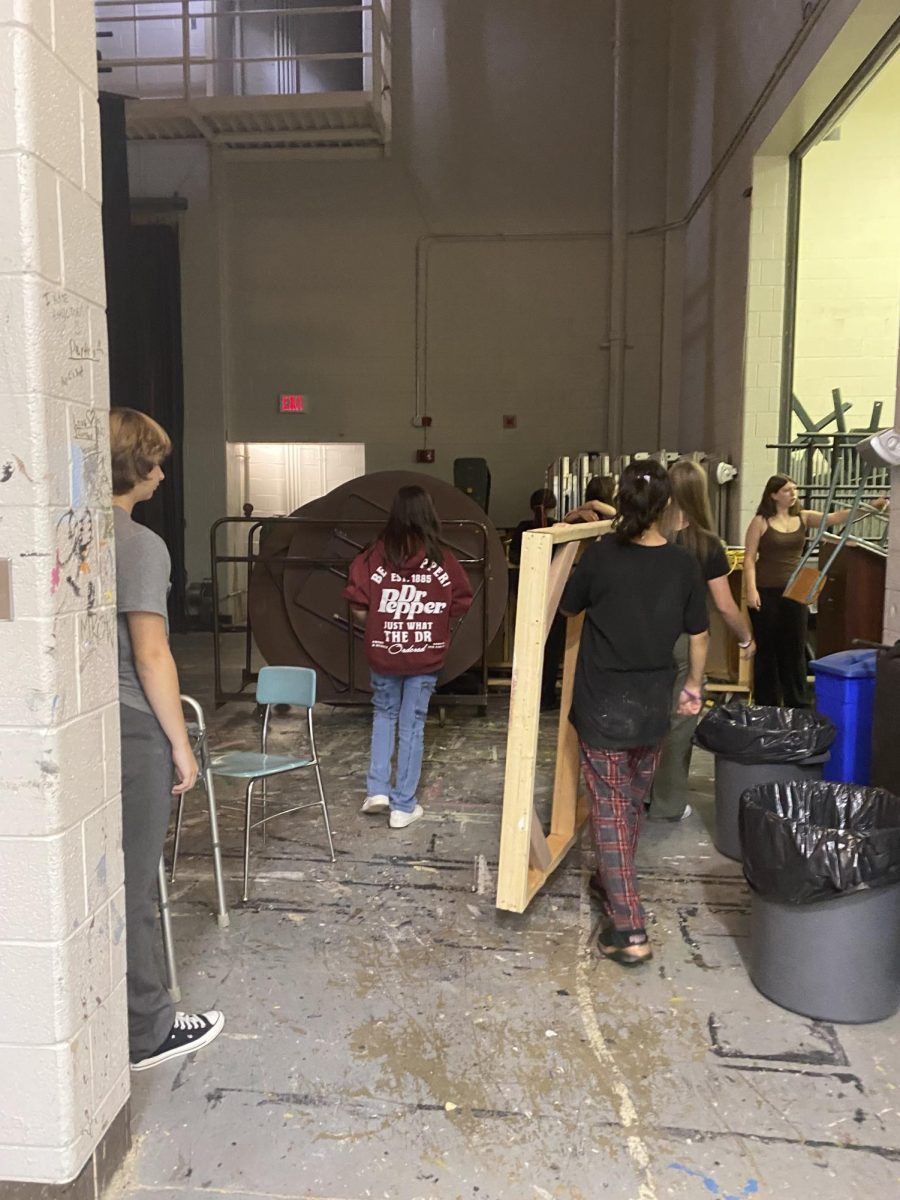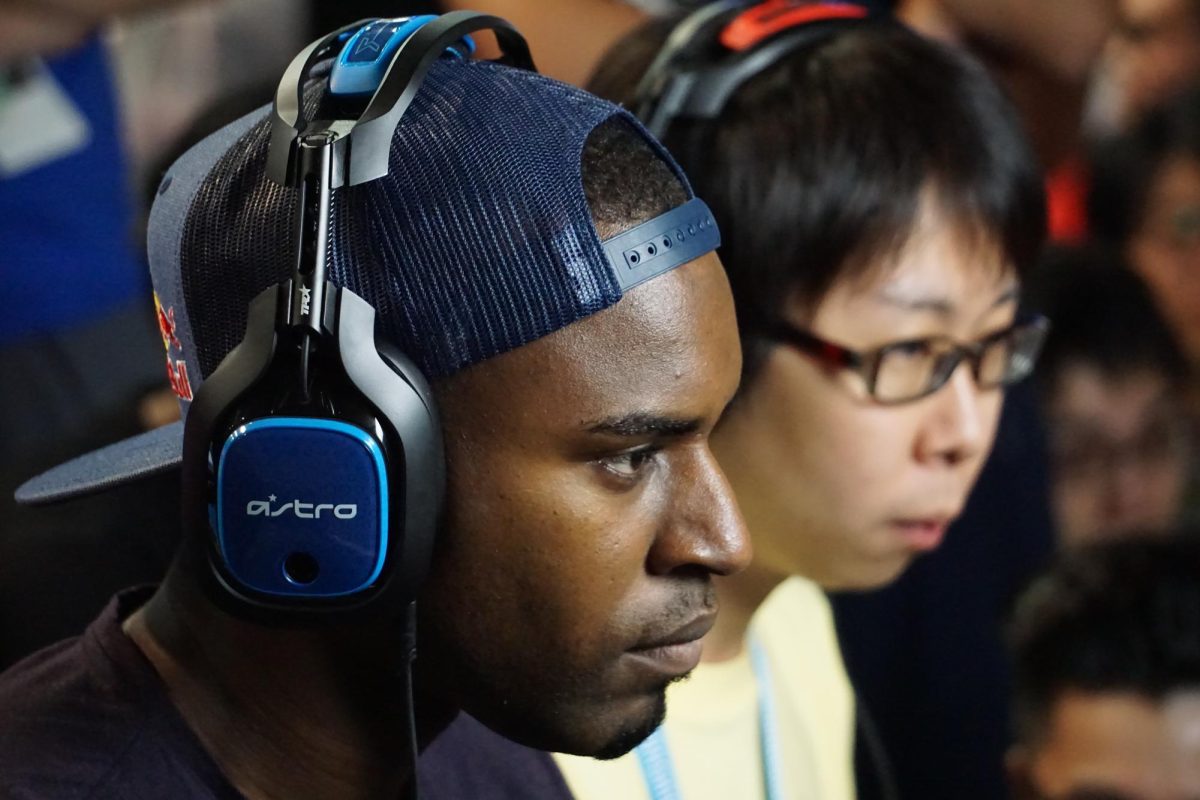
If you search for “Shein haul” on YouTube or TikTok, it’s no surprise that you’ll find thousands and thousands of videos. The fast fashion giant, popular with women in their teens and twenties, is well known for its cheap and trendy clothes— $11 bikinis, $5 tops, and $1 accessories— so it makes sense that seemingly every other video has an influencer promoting it. But, the question is, what’s the cost of clothes this cheap?
Working Conditions
The company has recently been in the hot seat for its alleged unethical working conditions. In response to the controversy, Shein sponsored influencer trips to tour the manufacturing facilities. Sure enough, the influencers raved about happy employees, a clean environment, bright lighting, and state-of-the-art equipment. One creator even said the employees “weren’t even sweating.” The working conditions appeared superb. The only problem is— the factory was staged. The equipment wasn’t producing garments, hundreds of machines were unused, and the influencers had scripts. In reality, the working conditions were far worse.
Many Shein employees work 75-hour weeks with no rest days, earn an average of 2,400 yuan a month (a living wage in China is about 6,500 yuan), and can be severely financially punished for minor mistakes in garments. According to one employee, if someone made a daily salary of $20, they could be “docked by $14 if the garment had any mistakes.” They’re paid by the garment, so if they want to make a livable wage, some employees are working up to 18 hours a day, and some are fired if they refuse this overtime. The factories are considered to be akin to “sweatshop conditions,” with unsafe working conditions, a lack of fire escapes, and forced labor. Moreover, in the past few years, Shein has had multiple cases of child labor.
While the company has done its best to cover up the allegations against them, an undercover documentary exposed them as breaking many Chinese labor laws. The problem is that Shein’s business model relies on cheap labor because that’s what keeps the clothes cheap.
Economic Exploitation
Outside of exploiting their own employees, Shein’s materials are unethically sourced. While much of their materials are comprised of polyester, which we’ll discuss later, a large portion of their products are made using Xinjiang cotton.
Xinjiang is a region in China with about eleven million Uyghurs, a Muslim, Turkic-speaking ethnic group. People of this region are some of the most oppressed in the country, and are often sent to “re-education camps.” Since 2017, over a million people have been subjected to the hundreds of camps across Xinjiang, where they’ve been forced to experience constant surveillance, religious restrictions, torture, and forced labor. The UN described “patterns of torture or other forms of cruel, inhuman, or degrading treatment.” Over five million tons of cotton are produced annually with this forced labor.
In 2021 the Uyghur Forced Labor Prevention Act was signed, which bans products produced in Xinjiang from being shipped into the U.S.. However, there are provisions which allow shipments under a certain cost to avoid duty fees. In other words, documentation isn’t necessary for cheaper shipments, so there’s minimal evidence of where it was produced. Considering that duty fees are waived for packages under $800, and the average Shein product costs $9, there’s essentially no restriction for the company using Xinjiang cotton. Prices stay low, but is it worth the conditions out of which the products are created?
Environmental Impact
Another reason why Shein clothes come at such a low price is that 76% of their fabrics are made up of polyester— a cheap, synthetic plastic material derived from petroleum. Only 6% of polyester is recyclable. So, with the sheer amount of product produced daily, and such a large amount of that being unrecyclable, Shein is one of the least environmentally sustainable corporations in the world. In 2023, Shein emitted 16.7 million metric ton

s of carbon dioxide. By contrast, a coal power plant emits under 4 million metric tons a year. The clothing is also packaged individually in plastic bags, and with over two billion products shipped annually, this translates to a significant environmental impact.
While other fast fashion companies have similar issues, Shein is unmatched. According to research, the company contributes 20% of freshwater pollution, 35% of microplastics created each year, and 50% of all carbon emissions by 2050. This means that one company is single-handedly destroying the environment, and while negative impacts are already showing, there could be significant repercussions in the upcoming years.
Consumer’s Role
Despite many people being aware of these issues, Shein is the second most downloaded app in the U.S., with 44% of Gen Z making at least one purchase monthly. Globally, there are nearly 75 million active shoppers. It’s understandable, though, with inflation exponentially increasing and average income not rising to meet it, that people would want cheap clothing. So, here are some more ethical alternatives to Shein, and fast fashion in general:
- Depop
Depop is a second-hand clothing site, known for vintage clothing and trendy, popular brands. While some prices are inflated, you don’t have to look too hard to make some good finds.
- Thrifting
Outside of being a fun, low-cost activity, thrifting is one of the best ways to get new clothing. You can discover trendy or unique clothing while reducing fashion waste. Moreover, you can donate your old clothes for a closet refresh while finding things that are more your style.
- Etsy/ Small Businesses
While small businesses tend to be more expensive, they’re oftentimes better quality and more ethical than fast fashion. One higher quality piece that lasts years could end up being more cost-effective than many cheap clothing pieces that last a few months at most.
- Build a capsule wardrobe
Invest in a few high-quality pieces that express your style, but can still be mixed and matched. Ultimately, consider if it’s more important to have a higher quantity or a higher quality of clothing.
Ultimately, the goal is not to shame individuals for their choices but to encourage awareness about where our products come from and where our money is going. Though Shein is often the picture of fast fashion’s flaws, it’s not alone in these issues. Many other popular brands like Nike, H&M, Gap, and Zara have come under similar scrutiny over labor conditions and environmental harm, so it’s difficult to avoid buying from companies with unethical practices. But, staying informed about these issues and making choices that align with your values is just one step toward pushing the fashion industry to improve its standards for everyone.





















